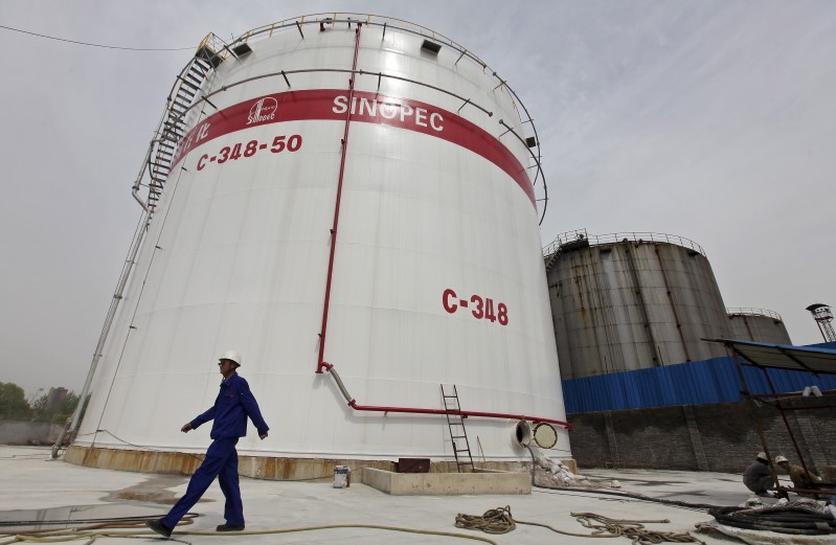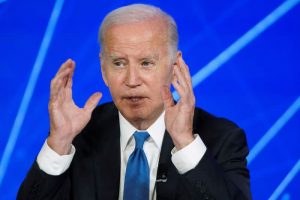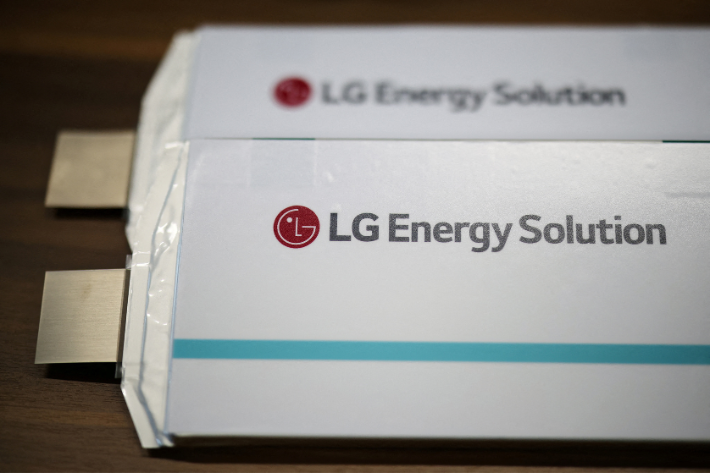(AF) China has been slow to start reducing its greenhouse gas (GHG) emissions compared to some of its neighbors, while a growing number of European nations are way ahead of Beijing on this critical front. Now, however, one Chinese state-run oil major is trying to pick up the slack.
Sinopec – China’s largest oil, gas, and chemical giant in terms of revenue – has announced a green pivot to more hydrogen production and even solar power generation build-out.
It aims to become China’s top hydrogen company by 2025 by increasing investment in hydrogen for the country’s transport sector – the world’s largest, as well as refining hydrogen related products.
To achieve its goal it will move away from so-called ‘grey hydrogen’, produced by natural gas and as such still a CO2 emitter, to ‘blue hydrogen’, which is also produced from fossil fuels but uses carbon capture storage technology (CCS) for greenhouse gases.
‘Brown hydrogen’ is produced through coal-gasification and has the highest carbon footprint of all hydrogen production, while ‘green hydrogen’ for its part, with no GHG emissions, is produced by renewables, namely solar and wind.
Sinopec plans to build 1,000 pure hydrogen refueling and hydrogen integrated retail outlets, that also sell conventional fuels, by 2025, an Argus report said on Wednesday.
It also plans to build 7,000 distributed solar power generation stations by the same date.
However, Sinopec hasn’t disclosed CAPEX figures for either plan. The energy giant already produces some 3.5 million tonnes per annum of hydrogen.
In November, the company made incremental moves in the right direction when it launched its first onshore wind power project. The 20MW project, located in Dali in China’s northwestern Shaanxi province is being developed by Sinopec Star Co, a clean-energy subsidiary of that previously focused only on geothermal development.
Can China Rein In Its GHG Emissions?
The timing of Sinopec’s new plan comes as Beijing tries to draw a harder line over its massive carbon footprint. China remains by far the world’s largest GHG emissions violator, followed by the US and India.
In mid-January, a report by China’s Ministry of Ecology and Environment, released a scathing report slamming the country’s influential National Energy Administration (NEA) for allowing the coal industry to push ahead with its massive over-construction of new coal projects, while also skirting environmental regulations which could put President Xi Jinping’s 2060 carbon neutral goal in jeopardy.
Bowing to what can only be described as a rare public rebuke, the NEA, on February 5, issued a new draft carbon policy proposing that China generate 40% of its electricity from nuclear and renewable sources by 2030. Of that 40% benchmark, 25.9% is earmarked to come from technologies other than hydropower, including solar, wind and nuclear.
China currently generates around 28% of its electricity from renewables – mostly hydropower.
However, what was missing in the draft plan was as telling as what was included. The NEA didn’t even mention the role that hydrogen could play in helping the country clean up its GHG quandary.
Part of that reason could be that even though China is the world’s largest hydrogen producer, its mostly brown hydrogen, with most of it being used in the industrial sector.
So, there is no word yet how, or if, Sinopec’s new plan will fit into the NEA’s draft policy.
However, the oil major could also be bowing to political pressure from Beijing to reduce its carbon footprint while also trying to make a blue hydrogen and solar pivot. China, however, still has no green hydrogen policy, while others in the region are pushing ahead.
Japan seeks to commercialize hydrogen power generation as well as international hydrogen supply chains and cut hydrogen power generation costs.
Australia, for its part, set a National Hydrogen Strategy in late 2019 that aims to make the country a major global hydrogen player by 2030.
Yet, for China to achieve its carbon neutral 2060 goal, as well as Xi’s pledge of reaching peak emissions within the next 10 years – still a goal that raises more questions than it answers – it has to turn to both blue and green hydrogen not only for its transportation sector but for its power generation sector as well.
It also needs to reconsider its pivot to natural gas even though the fuel emits around 50-60% less CO2 as coal. Beijing mandated that gas make up around 10% of its energy mix by 2020, and 15% by 2030, with additional earmarks after that.
China also needs to phase out its massive coal power generation sector by 2040. As such, its over-reliance on coal and recent coal power plant build-out is inconsistent with its commitments under the 2015 Paris Climate Accord, according to a recent Carbon Tracker report.
Hopefully, Beijing’s recent NEA admonitions are a step in the right direction to remedy this.
Moreover, for China to play catch up with Japan, Australia and a growing number of European nations, including Germany, the UK and France, that have already pledged 2050 carbon neutral goals, and announced major green hydrogen investment goals, its other oil majors will have to follow Sinopec’s lead in both the transportation and power generation sector.
• Tim Daiss
This report was updated on Jan 7, 2022, for style purposes.
ALSO SEE:
Taking green hydrogen to the next level with fossil fuel cost parity
Gas markets in Asia warm up to surging LNG demand in China
China’s carbon neutral pledge – pipe dream or reality?
























